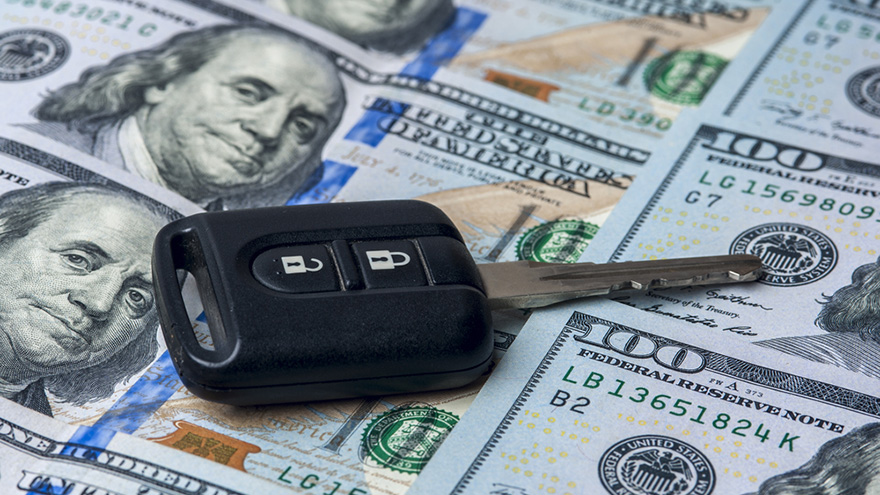Pushing through ‘alarm bells’ within the subprime auto ABS market

The analyst team at S&P Global Ratings asked a question that perhaps many other finance company leaders and auto finance observers have pondered. In fact, the question turned into the title of the firm’s latest report, “After Two Decades On The Road, What’s Driving Rating Stability In Subprime Auto Loan ABS?”
S&P Global Ratings acknowledged there are several factors “sounding alarm bells” within the subprime ABS market. The report began by explaining that S&P Global Ratings’ vintage data for subprime auto loan asset-backed securities (ABS) issued in 2015 and 2016 have shown that delinquencies are rising, meaning borrowers are missing payments even though the unemployment rate is at its lowest level since 2001.
At the same time, the report noted that recoveries have worsened because vehicle values are declining. In 2015 and 2016, S&P Global Ratings said that issuers also included more deep subprime auto installment contacts — individuals with lower and no FICO scores — in their securitizations than in the past.
Analysts then acknowledged that all of these factors have combined, and as a result, loss rates for S&P Global Ratings' subprime auto loan ABS static index are rising and matching levels reported during the 2007-2009 recession. With just under two years of performance, the 2015 vintage at month 21 has cumulative net losses of 8.8 percent — a 19-percent increase from 7.4 percent for the 2014 vintage and in line with 8.9 percent for the 2007 vintage at the same point.
So why aren’t those alarm bells so loud that finance companies can’t hear anything else? Especially since the Federal Reserve said outstanding auto finance balances reached $1.19 trillion in the second quarter?
Analysts pointed out that of that amount outstanding only $100 billion backs S&P Global Ratings-rated retail auto loan ABS.
And while the Fed estimates that $119 billion in subprime auto loans was written in 2016, analysts estimated that only about 19 percent of that paper was securitized, “indicating that portfolio lenders hold a large portion of the exposure,” according to the report.
That report goes on to mention how vibrant capital markets, origination growth and new-vehicle sales all have helped to revive growth in the subprime auto finance market since 2009, demonstrating that the market follows the economic cycle.
Analysts added that the subprime auto loan ABS market has weathered two downturns over the past two decades, and it has since evolved.
Additionally, S&P Global Ratings insisted that subprime auto loan ABS transactions' high credit enhancement levels and other structural features have supported stable ratings. Since 1991, there have been only two defaults on S&P Global Ratings-rated subprime auto loan ABS (both on “BB” rated subordinated classes), and from 2004 through Aug. 31 of this year, there have been 881 upgrades and no defaults or downgrades.
“And while the subprime auto lending sector currently faces a number of headwinds, including intense competition, lower recovery rates, a shifting macro environment, and increased regulatory scrutiny from federal and state agencies, we believe our rating analyses address these risks,” analysts said.
“In our view, certain subprime auto loan ABS securitizers have started to take corrective measures to stem the rise in losses and address heightened risks,” they went on to say.

 View The Latest Edition
View The Latest Edition

